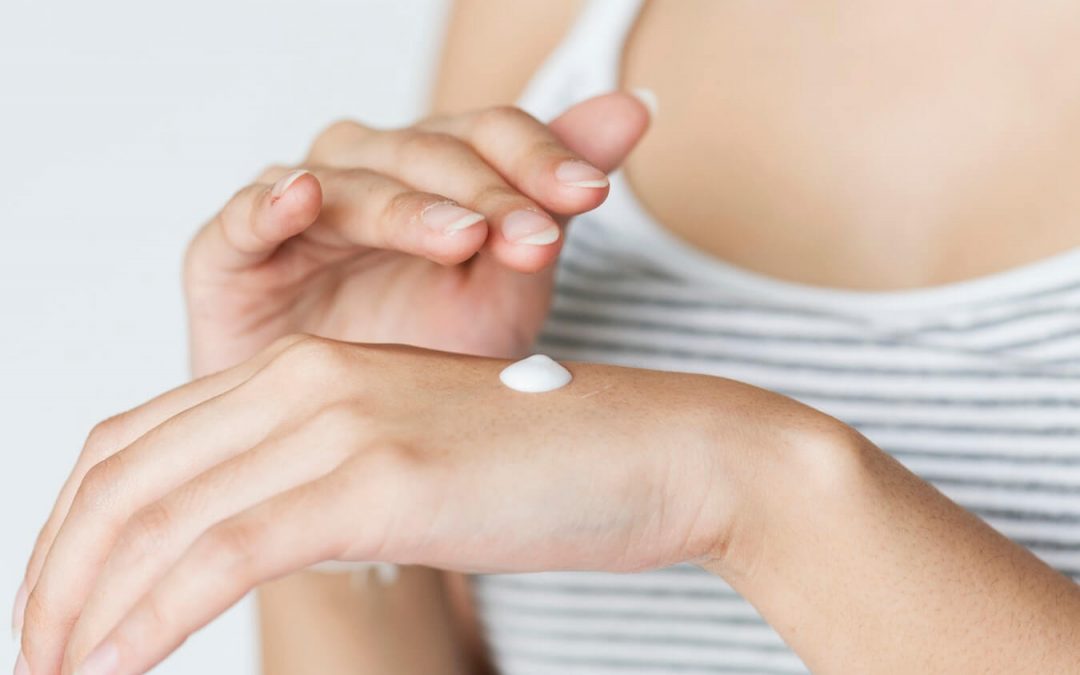Hand-foot syndrome, also known as Palmar-Plantar Erythrodysesthesia or PPE, is a common side effect of some chemotherapy drugs.
It usually affects the palms of the hands and soles of the feet, but it may also affect other areas such as the skin on the knees or elbows.
For some people, hand-foot syndrome can make it harder to carry out daily activities and can reduce quality of life. But supportive treatments are available and there are things you can do that may help reduce your risk of getting it.
What causes hand-foot syndrome?
The skin of the palms of the hands and soles of the feet contain small blood vessels (capillaries) which deliver blood to the skin. Hand-foot syndrome happens when small amounts of chemotherapy drugs leak out of these capillaries affecting the skin on the hands and feet.
The development and severity of hand-foot syndrome can depend on the dose and duration of the treatment.
The chemotherapy drugs most likely to cause this are:
- capecitabine (Xeloda)
- cyclophosphamide
- docetaxel (Taxotere)
- doxorubicin (Adriamycin)
- liposomal doxorubicin
- paclitaxel (Taxol)
- vinorelbine (Navelbine)
- 5 fluorouracil, also known as 5FU
- The targeted therapy lapatinib (Tyverb) can also cause hand-foot syndrome, although this is more likely when it’s given with capecitabine (Xeloda).
Who might develop hand-foot syndrome?
Anyone who has any of the chemotherapy drugs listed above may develop hand-foot syndrome, but this depends on the dose given. Symptoms and their severity vary from person to person. Being older, female, diabetic and having peripheral neuropathy or circulation problems can all increase the risk of developing it.
Heat, friction and pressure on your hands and feet, even from normal daily activities, can also make hand-foot syndrome more likely or more severe if it does occur.
What are the symptoms of hand-foot syndrome?
Symptoms may appear within a short time of starting treatment or appear some weeks afterwards. Symptoms can sometimes occur after being on a drug for many months.
Common symptoms of hand-foot syndrome include:
- tingling or burning sensations on the palms and soles
- tightness or a feeling of stiffness in the skin
- redness (similar to sunburn)
- swelling
- numbness
- thick calluses and blisters on the palms and soles
- discomfort/tenderness
- itching
- rash
More severe symptoms include:
- cracked, flaking or peeling skin
- ulcers or sores on the skin
- severe pain
- difficulty walking or using the hands
- nails lifting from the nail bed
- slow-healing wounds
- Persistent and severe hand-foot syndrome associated with capecitabine may lead to the loss of fingerprints.
Reducing the risk and treating hand-foot syndrome
Tell your specialist as soon as you notice symptoms or if your symptoms get worse.
Practical tips for managing hand-foot syndrome
The following suggestions may help reduce the chances of getting hand-foot syndrome and can also make it less severe if it does develop:
- wear loose-fitting, comfortable footwear and clothing to avoid rubbing
- don’t have your hands or feet in hot water for a long time
- take cool baths and showers
- pat skin dry rather than rubbing it
- gently apply hand and foot creams or lotions, or specialized product such as Immufen cream or Immufen skin gel, to keep the skin well moisturised before starting chemotherapy and throughout treatment
- don’t use saunas
- stay out of the sun
- don’t take part in sporting or everyday activities that cause rubbing
- don’t use tools or household items that require you to apply pressure through your hands or feet, for example garden tools, screwdrivers or knives
- avoid harsh chemicals like the ones used in laundry detergents or cleaning products, or chlorine in swimming pools
- use rubber gloves that have a liner
- try not to walk barefoot; wear soft slippers or socks
- cool your hands and feet with cold running water, ice packs or cool compresses for short bursts of time (no longer than 15 minutes); don’t apply ice directly to your skin
Medical treatment
Treatment for hand-foot syndrome aims to relieve symptoms and stop them becoming worse.
Immufen line of medical products for supportive therapy in cancer patients also contains Immufen cream. Immufen cream is a medical product rich in ingredients that create a moist and lubricating barrier on the skin. The resulting film mitigates the course of side effects of some chemotherapeutics and biological drugs, such as hand-foot syndrome (palmar-plantar erythrodysesthesia).

